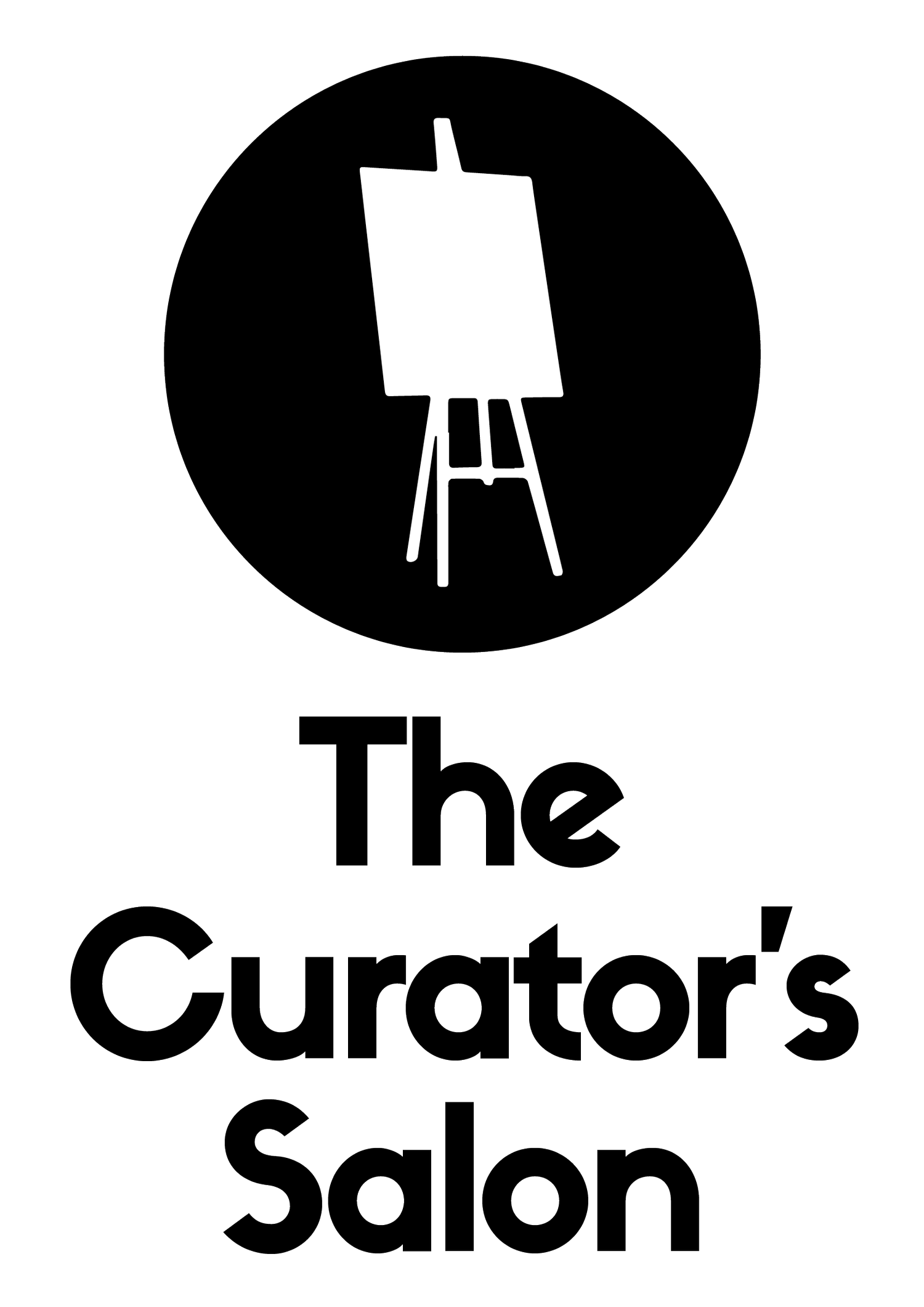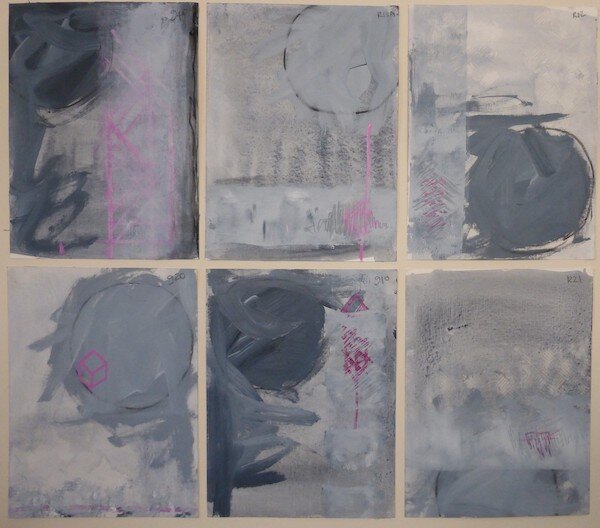Anna Marie Savage
What was your journey into art?
I was a late starter and only went back to University in 2007. I had always wanted to go to Art College and had secured a place when I was 18yrs old in 1984 at the University of Ulster, Belfast. Unfortunately, youth, partying and I suppose lack of confidence in my own work played a bit of a part and I only managed to stay the year and complete my Foundation Studies in Fine and Applied Art. I had numerous jobs after that until at the age of 38, I decided that I would take up a part time course in Hand Built Ceramic Forms at the local college. Advice from a brilliant tutor and now friend, Leanne Mullen encouraged me on further to apply for my degree at university, so I studied a HNC, HND in Fine and Applied Art part time for three years and in 2007 I was offered a direct entry, second year degree place at the University of Ulster at Belfast. I handed in my notice from my full-time retail manager’s position and accepted the place.
I graduated with a B.A First-Class Honours in Fine Art (specializing in Painting) in 2009.
I am based in a very, small village beside the sea called Omeath, Co. Louth, Ireland where I have my studio. I am very much isolated from any contemporary art scene as such, but I like it like that and I choose to live that way. I work in a very solitary way; I suppose most artists do.
The Drawn from Borders project, which I was accepted for in 2019 and still ongoing has had the most profound effect on my practice. It is part of the ‘Understanding the Decade of Centenaries’ project, supported by the European Union’s Peace IV Programme and has had artists explore key moments in Ireland’s history and to look creatively on the events of 100 years ago, borders and Brexit. Another ongoing body of work which I am also very proud of is Spiorad na gCloch (The Spirits of the Stones). Spiorad na gCloch is an ongoing multidisciplinary body of work based on the writings of landscape writer and poet, Dr. Martin Cromie researching visual and tangible dialogue in response to his recent book, The Spirits of the Stones. Our collaborative work was shown at In the Open Asle-UKI & Land Conference 2017: Cross Multi Inter Trans, Sheffield and WAY-MAKING The Steel Rooms Gallery, Brigg, Lincolnshire UK, 2019.
What ideas are you exploring in your work?
I grew up in the border town of Newry, Co. Down in the 1970s and 1980s and for the past year I have been working on Túir Faire (Watchtowers), an ongoing multi-disciplinary body of work exploring the concept and reality of borders, specifically the border created 100 years ago by the Partition of Ireland and my response to the army watchtower ‘structures’ that once commanded such a presence on the south Armagh border during The Troubles.
A core thread that weaves through my work is a probing of identity, ranging from the personal through to the cultural and political sometimes albeit in a romanticised, reminiscent concept. Everything I believe in; my country, its historical reference, its language, its culture, and identity forms who I am and thus informs my work. I am fascinated by the relationship between the fundamentals of two-dimensional visuals and three -dimensional forms and how they can embody the ideals of language, land, and people. I am constantly trying to push the boundaries of paint and its surface away from the traditional format.
Can you tell us about your process?
I do tend to have a multi-layered approach to my work, both conceptually and formally. I don’t like the immediate or obvious so I will make many ‘multidisciplinary’ visual recordings and eventually translate them into two- or three-dimensional ‘painting’ forms. I like to push the work from the original concept through a stage of processes into eventual abstraction.
It usually starts with historical and geographical investigation - narrative is very important and then experiment with different modes of photography like pinhole or lately is has been drone photography. I want to see imagery but not the straightforward type.
I always work on several paintings at a time (at the minute it’s nine!!) as sometimes I like to use silica salt in my work and it takes a while to dry and also, I feel that the work doesn’t become as ‘precious’ when you are working on more than one piece at a time. These pieces, depending on if they are on paper, board or canvas can take anything from three months to three years to complete.
I have seen myself putting down layers of paint, ink or silica and just not coming back to them until months later. Sometimes they just ‘don’t fit’ at that particular time. I think, like any artist, the thought of an end result can be quite overwhelming so the visual ‘recordings’, ‘half memories’ or ‘mappings’ can end up being so limitless and uncontrolled.
Can you talk a bit about the evolution of your practice and your work?
When I first went to university, I would have initially classed myself as a landscape painter (a landscape painter who hated using the colour green!) but I knew that there was more to my work than that and my tutors pushed me also to explore different avenues. At the time I was travelling a lot to the West of Ireland and my work started to become more influenced by place, tradition and language -narrative in particular. Irish language and poetry started playing a huge part in the work but it wasn’t until I discovered J.B Yeats that everything came together. Everything made sense and I realised that I didn’t need to paint what I saw but to paint what I imagined.
The more I looked at the land- historically, geographically and topographically- the more my practice evolved. I wanted to combine all of these elements in one visual. It wasn’t until I was on residency in Donegal where I stayed in a famine cottage in the foothills of Mt. Errigal, surrounded by miles and miles of turf bogs that things physically changed within my work.
I found that I didn’t want to paint but to collect; to collect parts of the land and to incorporate it into my work somehow. I was immediately drawn to the bogs and wanted to incorporate the physicality of the substance and place into a body of work so I spent a month making handmade paper out of wet turf pulled straight out of the bog by hand. Making this handmade turf paper was my own individual reaction and response to the immediate environment.
I made 130 panels of paper and made them into a suspended installation alongside drawings that incorporated the paper. While I was there, along with two other artists we embarked on a pinhole project and made pinhole cameras out of found and used objects such as tin cans. We created our own darkroom and had some amazing results - also some very bad failures but it reinforced the thinking that I wanted my work to be made up of investigatory layers and for the physical act of painting to be the final act.
Which artists do you enjoy at the moment?
I remember when I first saw Jack B Yeats’ work, Queen Maeve Walks Upon this Strand (1950) His expressive use of colour and his way of painting was so unique in its style but more importantly, it was when I actually studied the conceptual significance behind the subject matter, it was to impact upon my practice in a very profound way.
I am also very interested in the work by the artist, Richard Tuttle and how his work straddles the barriers between genres. He combines elements of drawing, painting and sculpture but his work manages to defy characterization as one or the other.
Finally, as a newbie to Instagram I am finding more and more artists that I admire. Sam Lock is a beautiful painter whose spatial awareness and courage on the canvas is amazing. I love how his visceral, bold works push the boundaries of the paint and its surface.
What would be a dream project for you?
I would really like the work I am doing now to be explored further and on a larger level. I think the border in Ireland, whether it was 100 years ago or now needs to focused upon and my dream project would be to work with a collaborative body of artists, writers, historians and geologists to make a body of work to highlight all the diverse aspects of our history and to travel the project to venues, specifically at the border, throughout Ireland and beyond.
See more from Anna Marie http://www.annamariesavage.com



